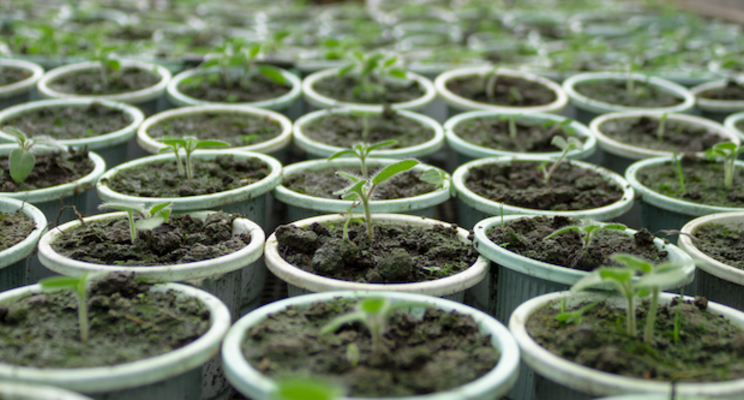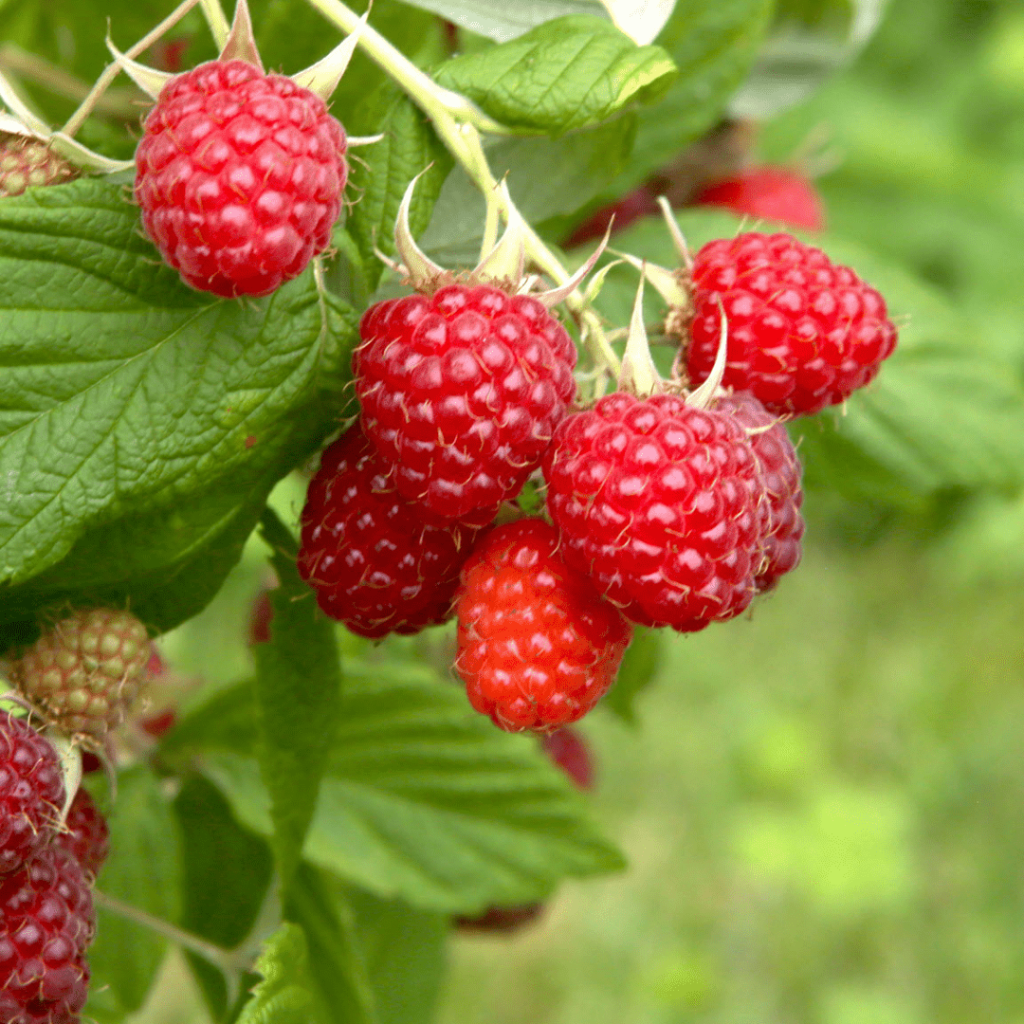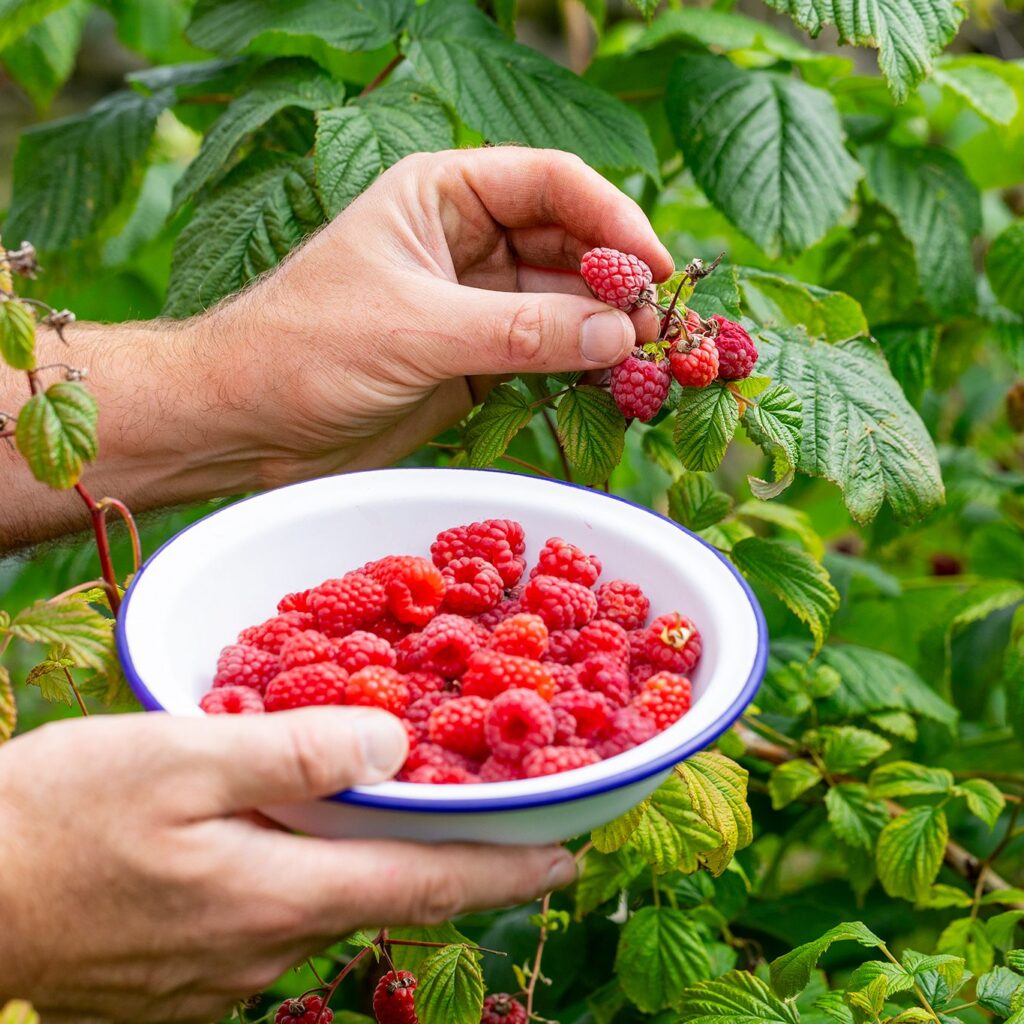There’s nothing quite like picking plump, sun-warmed raspberries straight from your garden on a bright summer day. These jewel-like fruits aren’t just delicious — they’re also packed with antioxidants, fiber, and vitamins. And the good news? Raspberries are surprisingly easy to grow at home with a little care and the right conditions.
In this article, we’ll walk you through everything you need to know about growing raspberries for a bountiful summer harvest — from choosing the best variety to planting, pruning, and picking.

Why Grow Raspberries at Home?
Homegrown raspberries are a true garden treat. Unlike store-bought berries that often lack flavor and spoil quickly, fresh raspberries from your garden are incredibly sweet, juicy, and full of nutrients.
Plus, raspberry plants are hardy, low-maintenance, and productive for years with proper care. One good patch can produce quarts of berries every summer!
Choosing the Right Raspberry Variety
Before you plant, it’s important to select a variety that suits your climate and harvest goals. Raspberries are generally divided into two main types:
- Summer-bearing raspberries: These produce one large crop in early to mid-summer. Popular varieties include ‘Latham’, ‘Killarney’, and ‘Boyne’.
- Ever-bearing (or fall-bearing) raspberries: These produce two crops — a smaller one in early summer and a larger one in late summer to fall. Common choices are ‘Heritage’, ‘Caroline’, and ‘Autumn Bliss’.
If you’re aiming for a summer harvest, focus on summer-bearing varieties or select ever-bearing types for their early summer crop.
Tip: Consult your local garden center or extension service for recommendations on varieties that thrive in your region’s growing conditions.
When and Where to Plant Raspberries
Best Time to Plant
The ideal time to plant raspberries is in early spring, as soon as the ground can be worked. In warmer climates, late fall planting is also an option.
Choosing the Perfect Spot
Raspberries love full sun — aim for at least 6-8 hours of direct sunlight per day. They also prefer well-drained, fertile soil with a pH between 5.5 and 6.5.
Avoid areas where tomatoes, peppers, potatoes, or eggplants have recently grown, as these plants can harbor diseases like verticillium wilt, which affects raspberry plants.
Soil Preparation
Prepare the planting area by removing weeds and working in plenty of organic matter like compost or aged manure. Good soil drainage is essential to prevent root rot.
If your soil is heavy clay, consider creating raised beds or mounded rows.

How to Plant Raspberries
- Space the canes 18-24 inches apart in rows that are 6-8 feet apart.
- Dig holes wide enough to spread out the roots.
- Set the plant so the crown is 1-2 inches above the soil line.
- Backfill with soil and water thoroughly.
- Mulch around the base with straw, wood chips, or shredded leaves to retain moisture and suppress weeds.
Pro Tip: Install a trellis or support system at planting time to help manage the canes as they grow.
Caring for Your Raspberry Plants
Watering
Raspberries need consistent moisture, especially while establishing roots and during fruit development. Aim for 1-1.5 inches of water per week, either from rainfall or supplemental watering.
Water at the base of the plants to keep the foliage dry and reduce the risk of fungal diseases.
Fertilizing
Feed your raspberries in early spring with a balanced fertilizer (like 10-10-10) or organic compost. Repeat after harvest if the plants appear weak or yellowed.
Avoid over-fertilizing, as this can produce excessive leafy growth at the expense of fruit.
Pruning and Training Raspberries
Proper pruning is essential for healthy, productive raspberry plants.
Summer-bearing raspberries:
- After harvesting in mid-summer, cut down the canes that produced fruit (they won’t fruit again).
- Leave the new green canes (called primocanes) that grew during the season, as these will bear fruit the following summer.
Ever-bearing raspberries:
- For two crops: After the fall harvest, cut back only the canes that fruited on their tips. Leave the lower parts to fruit next summer.
- For one larger fall crop: In late winter or early spring, cut all canes to the ground.
Training Tip: Tie the canes to a trellis, fence, or horizontal wire system to keep them upright and make harvesting easier.

Managing Pests and Diseases
Raspberries can occasionally attract pests like aphids, Japanese beetles, and spider mites. Fungal diseases such as powdery mildew and anthracnose can also be problematic in humid or poorly ventilated areas.
To prevent problems:
- Space plants for good air circulation.
- Water at the base, not overhead.
- Remove any diseased canes immediately.
- Use insecticidal soap or neem oil for minor pest infestations.
- Rotate planting sites every 5-7 years.
Harvesting Raspberries
Raspberries are typically ready for picking 4-6 weeks after flowering.
How to tell when they’re ripe:
- Berries should be deep in color (red, golden, or black, depending on the variety).
- They’ll pull easily from the plant without tugging.
Harvest every couple of days during peak season, ideally in the morning when temperatures are cooler.
Handle berries gently — they’re delicate and bruise easily. Refrigerate immediately if not eating right away.

How to Store and Use Raspberries
Fresh raspberries only last a couple of days in the fridge, so it’s best to use or preserve them quickly.
Great ways to enjoy your harvest:
- Eat fresh by the handful.
- Add to smoothies, yogurt, or salads.
- Bake into pies, muffins, or cobblers.
- Make homemade raspberry jam, syrup, or sauce.
- Freeze for use in winter recipes.
To freeze: Spread berries on a baking sheet in a single layer, freeze until firm, then transfer to airtight containers.
Final Thoughts
Growing your own raspberries is one of the simplest and most rewarding garden projects you can take on. With just a little planning and care, you’ll be enjoying baskets of sweet, sun-ripened berries every summer for years to come.
Whether you favor the classic red raspberries or unique golden and black varieties, your garden will be all the sweeter for it.






Leave A Comment